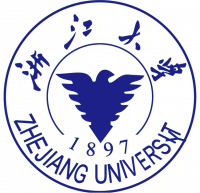Computational design of highly stable and soluble alcohol dehydrogenase for NADPH regeneration
2021
期刊
Bioresources and Bioprocessing
作者
Jinling Xu
· Haisheng Zhou
· Haoran Yu
· Tong Deng
· Ziyuan Wang
· Hongyu Zhang
· Jianping Wu
· Lirong Yang
下载全文
- 卷 8
- 期 1
- Springer Science and Business Media LLC
- ISSN: 2197-4365
- DOI: 10.1186/s40643-021-00362-w
